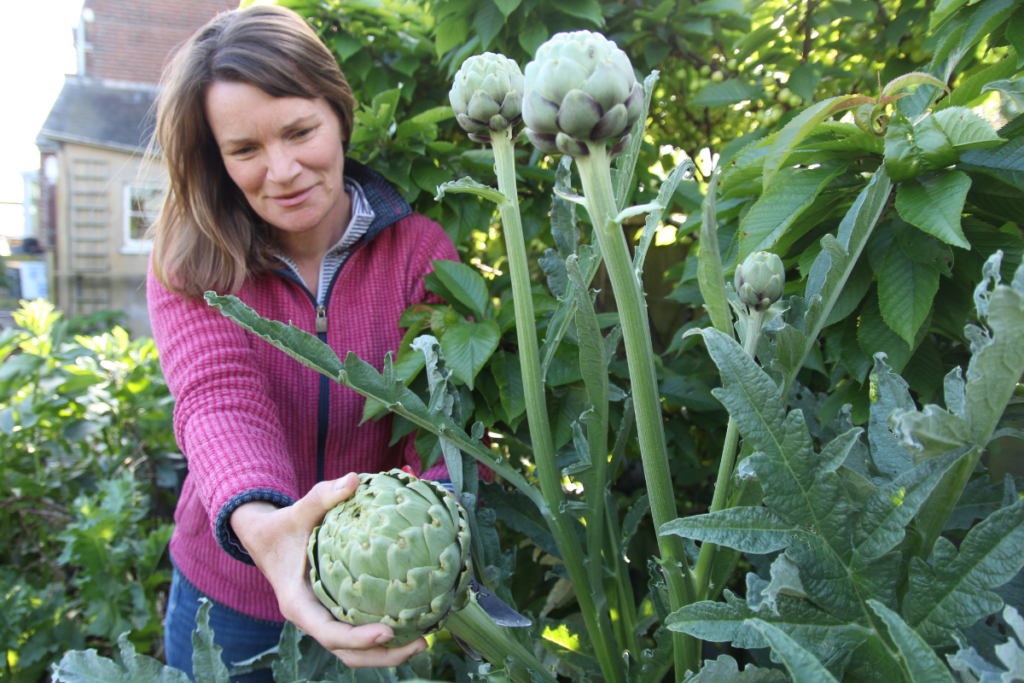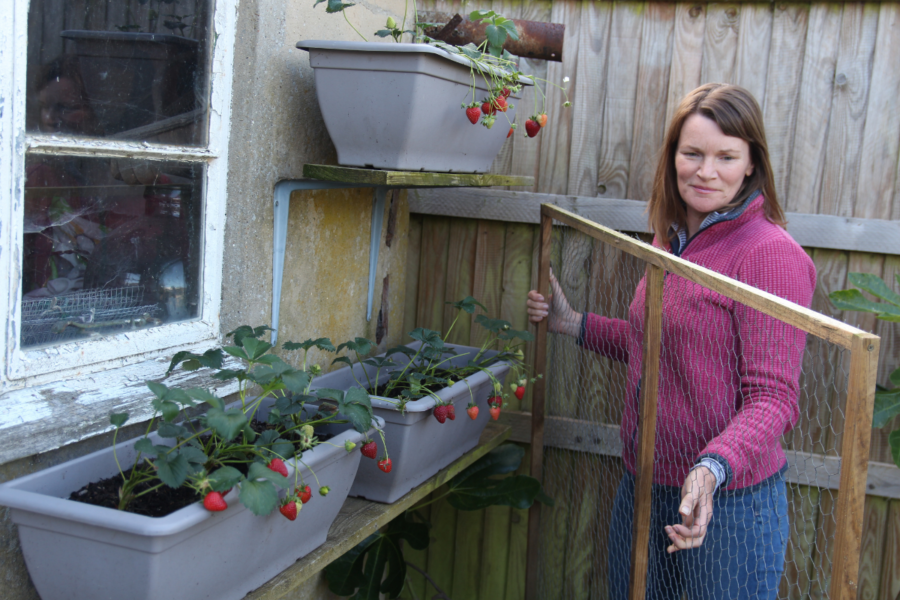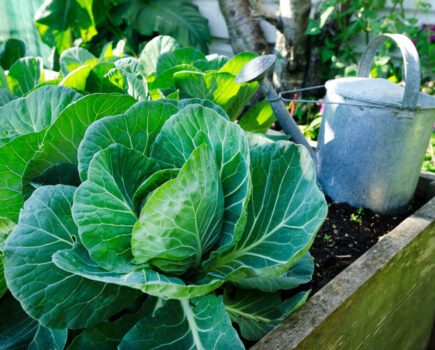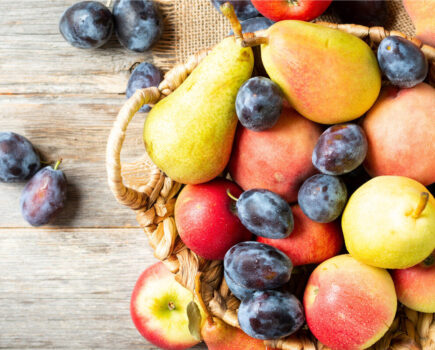Lucy explains how to make the most of the next few weeks
Safely deter birds from your fruit
I am a huge fan of growing my own fruit on the plot. Strawberries are such a popular edible – definitely due to their deliciousness, but also because they crop quickly. Many fruit trees, canes and bushes only come into their own after two to three years, but if you wait that long, boy, will you be rewarded.
Currants, gooseberries, blueberries, cherries, blackberries, wineberries and raspberries all crop profusely once plants are established, and I guess we’d best take it as a compliment that it’s not just us that want to eat them. If you don’t protect all these fruits from birds (especially blackbirds, you greedy beauties!) as soon as they start to show signs of ripening then they’ll eat a significant proportion of them. And have you noticed how birds have this uncanny ability to consume home-grown fruits just before they’re fully ripe? It’s most annoying!
We used to simply suggest throwing netting loosely over plants, but in these days of vastly improved wildlife mindfulness, this is frowned upon. Birds can easily get caught up in slack nets, causing distress and even death. So, how should we protect our harvests safely? The solution is to use wire mesh, instead of nets. This can be held taught so that birds can’t become ensnared. We’ve niftily created lots of mesh grids for our home plot. I use them to build a modular system of cages to protect fruit plants of all shapes and sizes. This wall of strawberries, for example, will be shielded from birds using two rows of grids secured to the shed wall via a wooden baton. For my blueberries, I’ll instead make a low cube-like cage, lashing the grids together using strong wire. It’s important to use the smaller-sized chicken wire (25mm) instead of the larger (50mm) one, to ensure smaller birds can’t get through. Once harvest is complete, the grids are dismantled and flat-packed in our garage – simple, yet very effective.
………………
Grow globe artichokes

I planted these ‘Gros Vert de Laon’ globe artichokes four years ago, and I am so glad I did. Their striking good looks are second to none in the edible garden, and clumps are incredibly easy to look after. Just plant in a sunny site with free-draining soil, and cut all stems down to the ground in late summer. The plants will respond with a fresh flush of leaves (you can also lay down an insulating bark mulch if you’re growing borderline-hardy varieties such as ‘Purple Sicilian’). But for now, I’m looking at some rather delicious-looking globes, and deciding how to use them in the kitchen – braising them in stock then dipping the fleshy leaf scales in Hollandaise is a personal favourite, but trimming and preserving them as hearts, and roasting them whole, are two other recipes on my ‘must try’ list.
I’ll leave a few of the smaller globes (flower buds) to open out fully, because the vivid purple thistle-like flowers are absolutely adored by bees. This also allows seedheads to form, which birds love to eat in winter. Until that time, I’ll be the one doing all the eating.
Find more tips, advice and articles like this at the Amateur Gardening website. Subscribe to Amateur Gardening magazine now.





